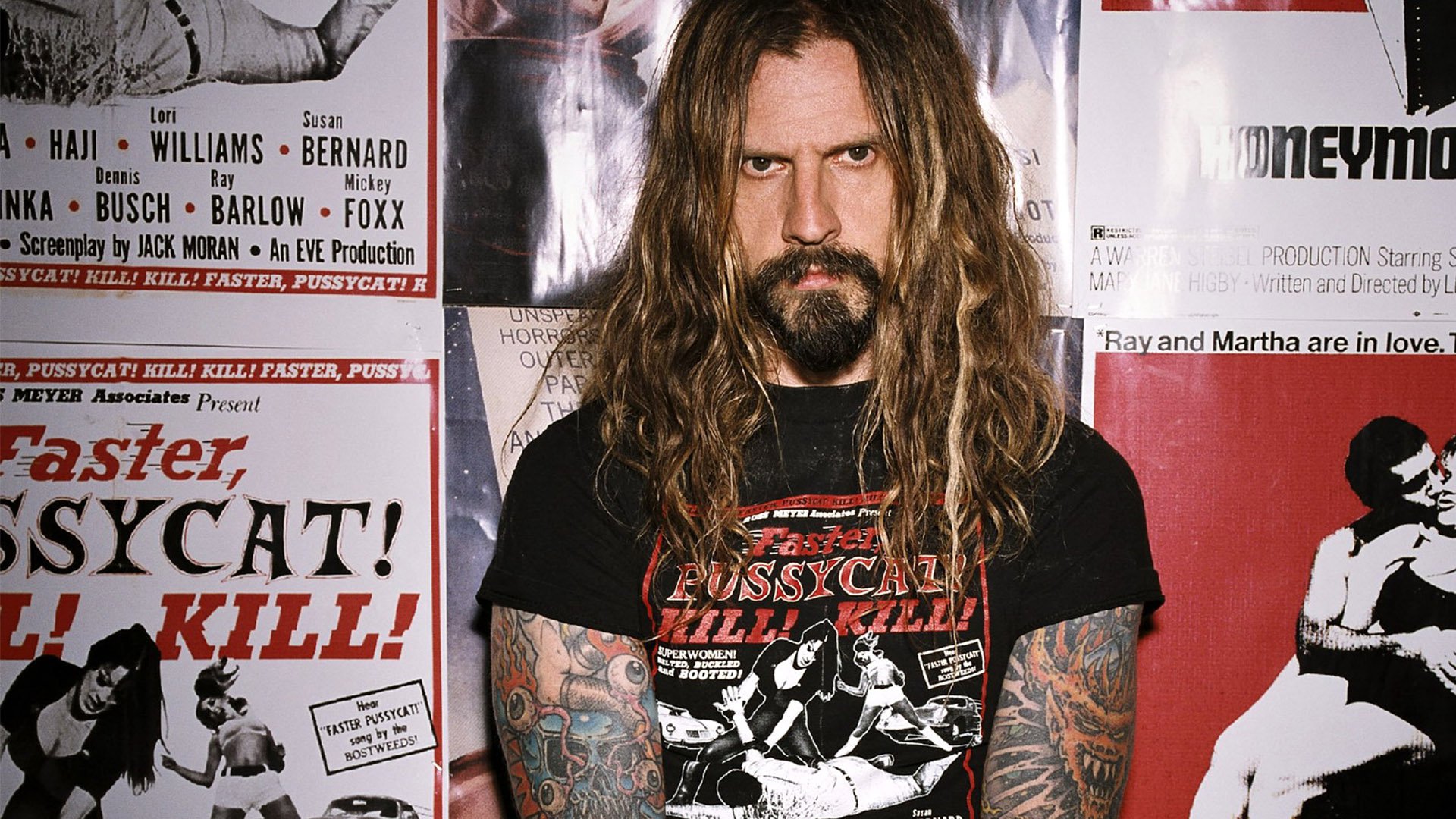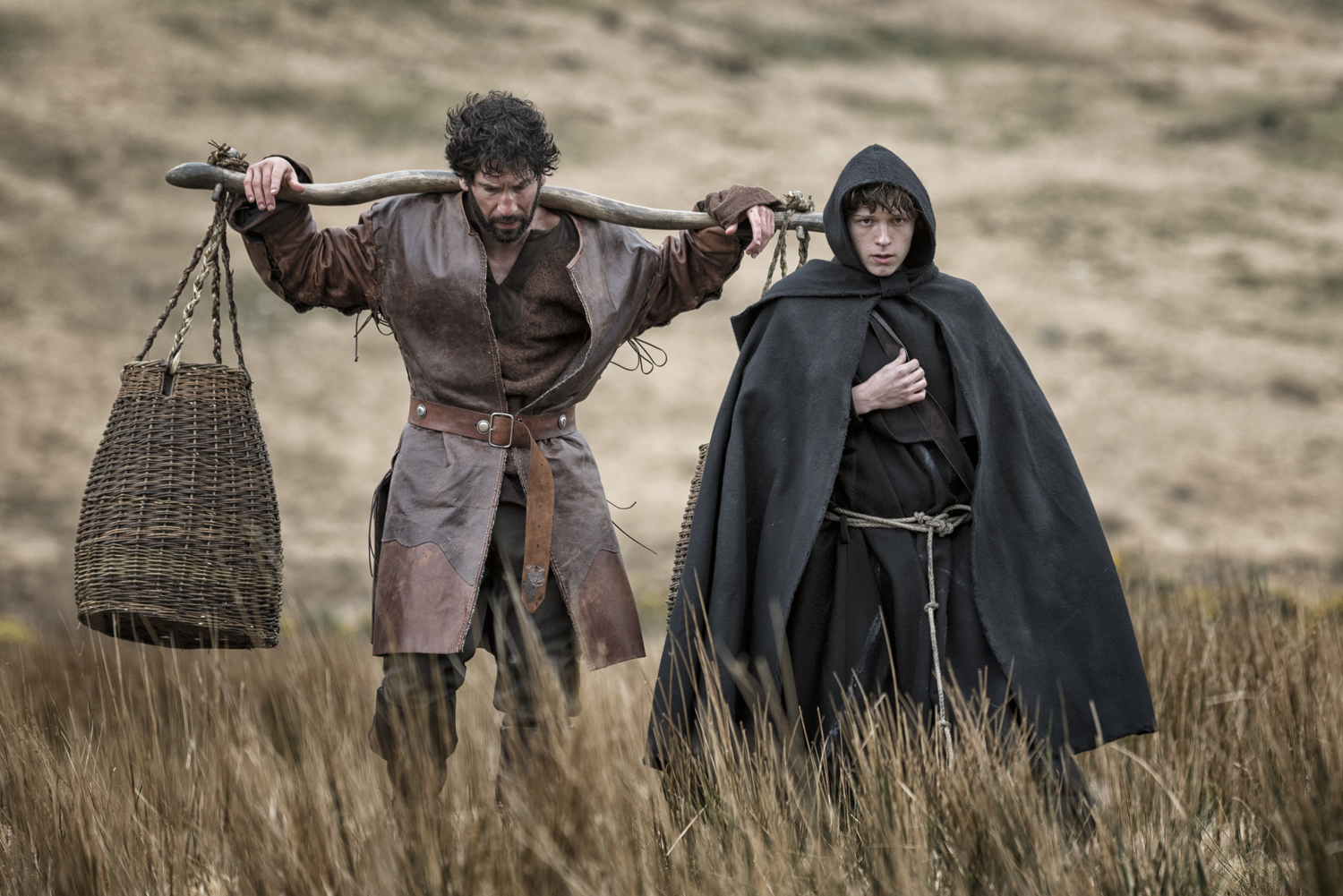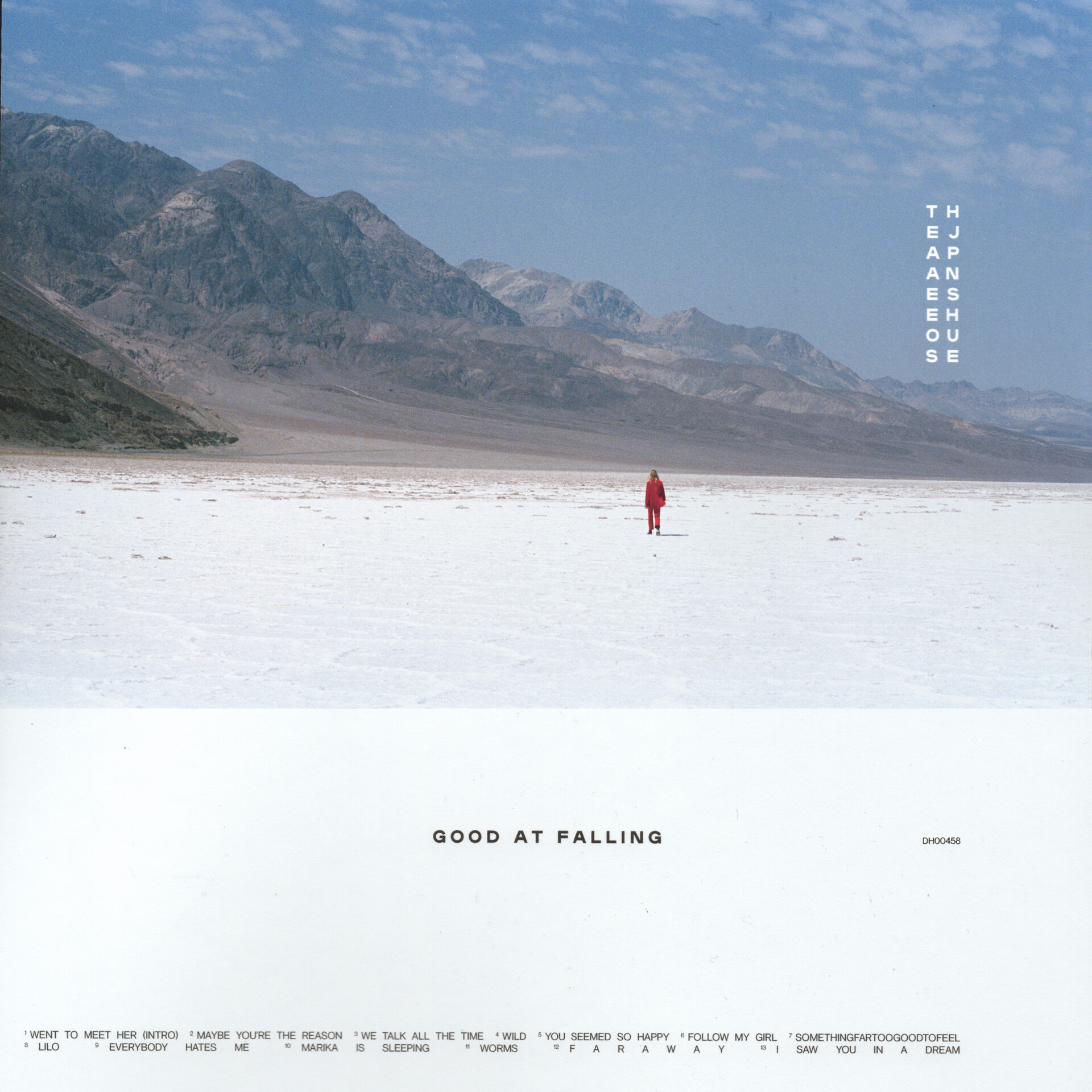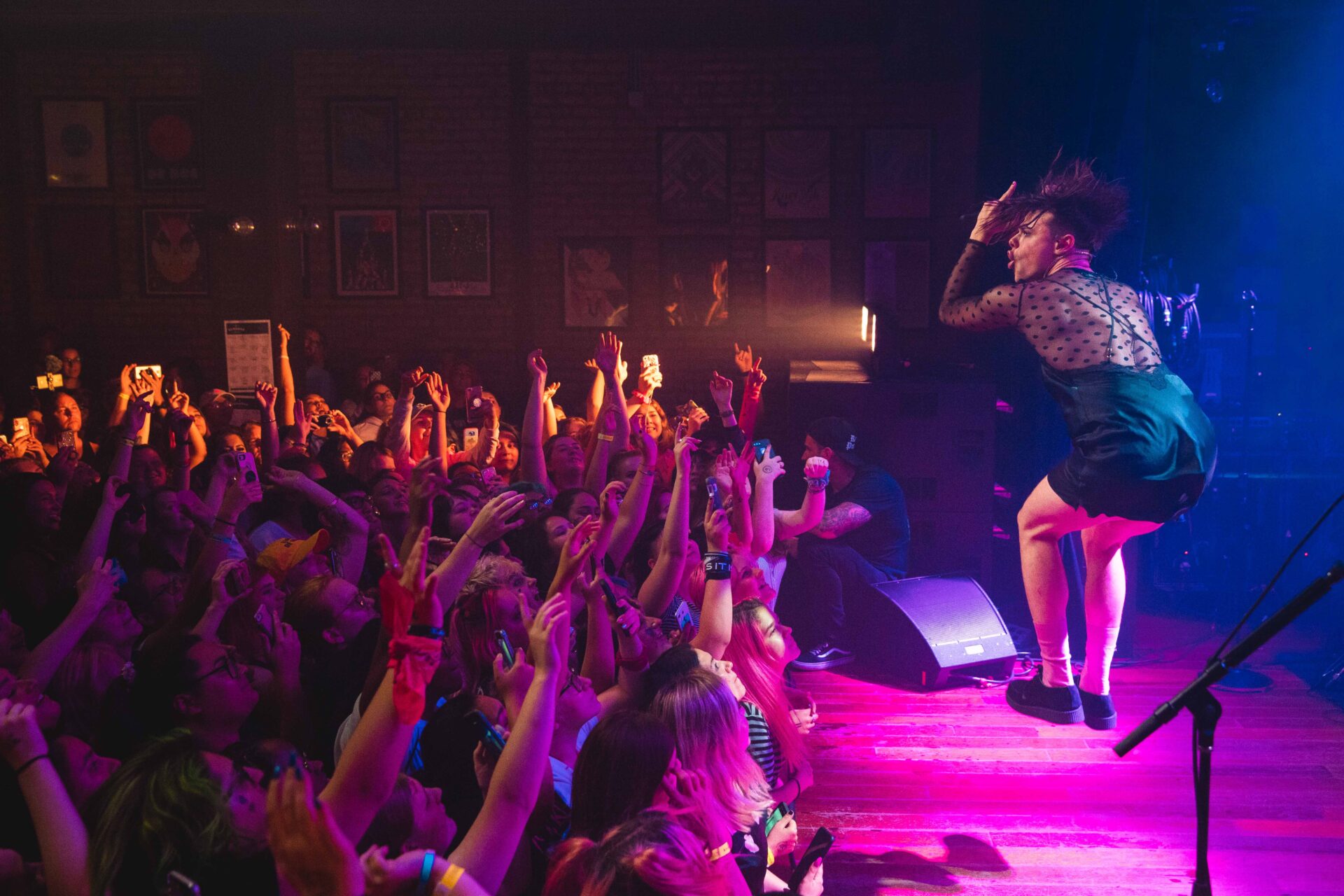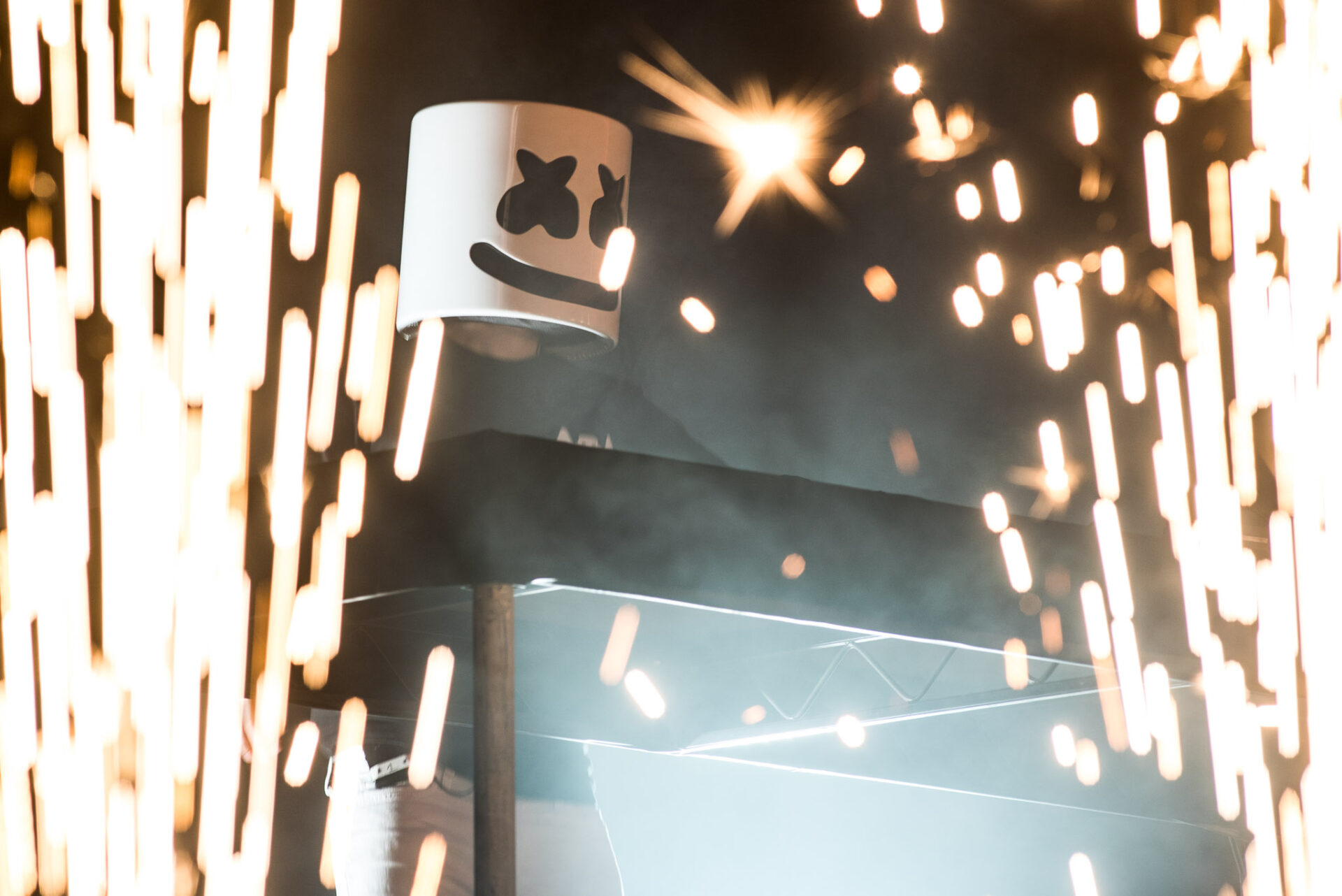It was the fall of 2005 when I was first introduced to the film works of Robert Bartleh Cummings AKA Rob Zombie. I was 12 when House of 1000 Corpses completely wrecked my life. Or did it make me realize that my life would never be the same? I’m not sure. One of Zombie’s characters would tell me to shut the fuck up by now. With its seemingly endless hallways of skulls, the blood-curling screams, the vomit-inducing zoom shots onto unrelenting gore, House may have taken cues from 70s exploitation films like The Texas Chain Saw Massacre and The Last House on the Left, but it was clear to me that Zombie was and still is a voice that wants to reckon with how his inspirations informed his career thus far.
While starting out a bit unrefined in execution, Zombie went on to make some of the most startling and unsettling films of the 2000s and 2010s. His work as a musician and music video director informed and continues to inform his film work. You can see it in the black-and-white sequences bleeding into House like an unwelcome guest. You can see it in the musical montages in The Devil’s Rejects, where Zombie very gracefully retooled the effects of 70s southern rock hits to suit his unforgivable and disgusting story about a trio of antiheroes. And in The Lords of Salem, he found the power to show that exuding mood can overpower a story for the better. And as a writer who has told journalists multiple times that he comes up with his films sometimes off the top of his head, Zombie also made it abundantly clear that the execution of his ideas can trump the ideas themselves.
What sets him apart from the slew of directors and writers making reconstructions of horror classics today is that while he’s best known for provoking the most primal fears of the viewer, he’s as committed to playing with the formalism of classic horror. Think of the blocking and set design in James Whale’s Frankenstein, which is clearly shot on a soundstage but nonetheless designed to sink the viewer into a waking nightmare, and Zombie runs with much the same bag of tricks. His films are abrasive and, according to review aggregators like Rotten Tomatoes and Metacritic, not well-loved by mainstream critics. But his work continues to grow a cult following in much of the same ways films that The Room and The Rocky Horror Picture Show do. Why? Because he’s not only good at provoking, he’s committed to holding a mirror up to the worst of humanity.

House of 1000 Corpses
The first narrative feature by Zombie, House of 1000 Corpses, is more than just a simple pastiche of genre tropes from the exploitation era, even though many of its influences are what make it falter. It follows a group of four people in their 20s writing a book about offbeat roadside attractions, who then stumble on the one attraction they really wish they hadn’t. After picking up a hitchhiker by the name of Baby (Sheri Moon Zombie) and blowing a tire, they’re lured back to Baby’s ranch to wait out the storm. There they find the whole Firefly Family, a gang of murderous psychopaths hellbent on not letting their new guests leave alive.
Zombie’s use of character actors is the standout in House, erring to the conclusion that loud performances will add to his main carnivalesque conceit. Think The Texas Chain Saw Massacre with a thirst for more bloodletting. The scares seem built around trying to hide the basic and trope-ridden plot, but Zombie is never resting behind the camera. There are insert shots and camera tricks whenever you think the film will actually slow down. His transitions become sideshows themselves.
It was his next film, The Devil’s Rejects, that showcased how Zombie’s “more is more” philosophy could truly work, showcasing more blood, more gore, more screeching, more nudity, more depravity, and more Lynyrd Skynyrd songs in scenes of incredible depravity. The Firefly Family is back for more, although a few members short this time around. Baby and Otis escape a police raid after the sheriff brother of one of the victims from House decides to get his revenge. Baby and Otis prey upon a traveling band before meeting up with the clown Captain Spaulding (Sid Haig), who is revealed to be Baby’s real father. The trio are on the run from Sherff Wydell (William Forsythe) and soon shack up with Charlie (Ken Foree), a backwoods pimp with a penchant for cocaine.
What immediately sets The Devil’s Rejects apart from its predecessor is how the tables get turned on the Firefly Family. Instead of being the hunters, they’re the hunted, but that isn’t the film’s main conceit. It also takes Zombie’s roots in exploitation to the next level. The story doesn’t pull any punches while Baby, Otis and the Captain spew bile and torture (whether physically or verbally) everyone in their path. In Zombie’s southern hell, not one person is exempt from punishment, whether they deserve it or not. Sheriff Wydell’s feverish hunt for revenge is purporting that the deadly trio aren’t always the worst people in this story. That Wydell’s steep dive into revenge adds empathy to the antiheroes may be one of Zombie’s greatest achievements. Well, it works, partially due to the fact that everyone in the film is a slob, and partially because the boundaries of good taste are shattered immediately.
The Devil’s Rejects also served as emphasis that Zombie has incredible control over his performers. His detractors claim his dialogue is too gaudy and trashy to truly land any kind of feeling. I vehemently disagree. The hard-R rated vitriol that his characters deliver serves as a weapon against convention. Captain Spaulding, Baby, and Otis all speak in capital letters because they’re capital-lettered people whose big words are being carried out by big personalities, and all of the performers are game. Sid Haig and Bill Moseley, both character actors from the same genre that Zombie exploits, are charismatic in their depravity. Unflinching in the horrors they have to carry out.
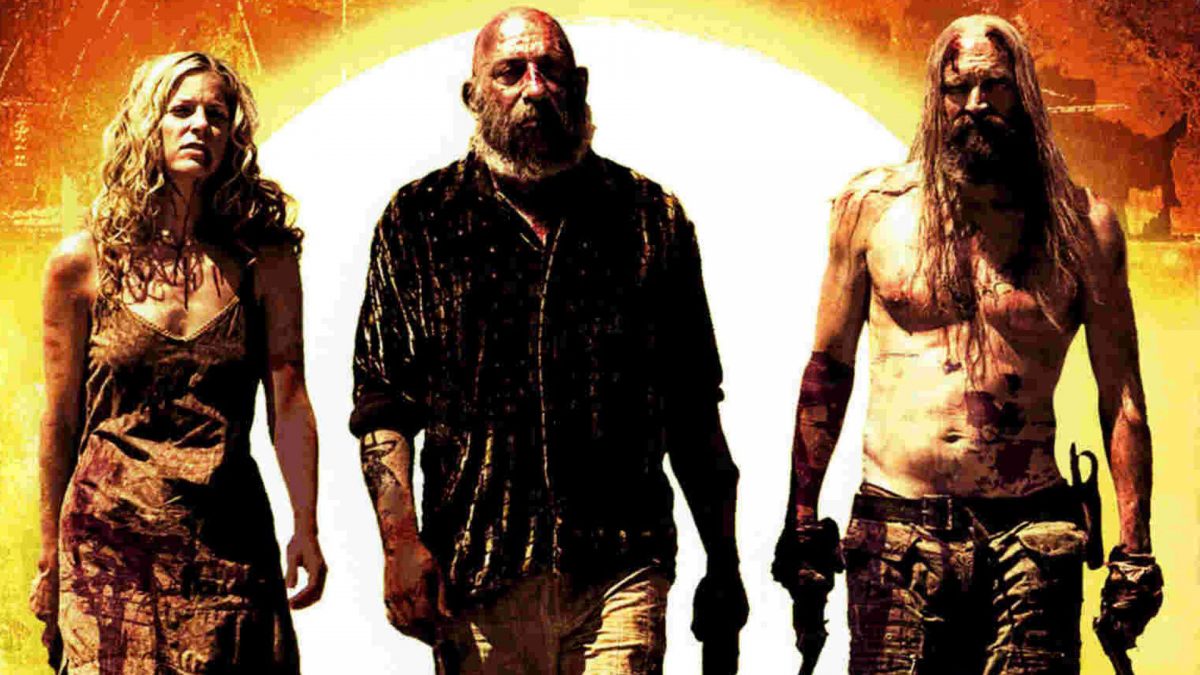
The Devil’s Rejects
Zombie’s long-gestating animated love letter to films like Fritz the Cat, The Haunted World of El Superbeasto, started production right after The Devil’s Rejects wrapped up but wasn’t finished until 2009. During that time, he walked away from the project to try his hand at a big-budget (compared to his previous projects) remake of John Carpenter’s Halloween. It was, predictably, elided upon release and isn’t mentioned much nowadays. There’s quality to be gleaned from it, though. The beginning of the film is a thirty minute deep dive into Michael Myers’s childhood, showing that he’s a tortured soul who was morphed into a killer by his upbringing. This time around, his mother (played by Sheri Moon Zombie) is a stripper with deep love for her son, despite not being able to curb his odd tendencies. The formless and faceless void of pure evil from Carpenter’s classic is traded in for a kid with a bad childhood.
While that may sound unfairly critical, it’s Zombie’s now-recognizable shtick that makes it unique. Michael’s childhood is a bit deeper than it looks on paper because the interiority of killers is part of that shtick. Sure, depth didn’t really have to be brought to an already iconic killer, but the director should get points for trying to make it his own vulgar retread.
Halloween II is where Zombie was allowed to unsheathe his knife and cut into the convention of Michael Myers. And to me, it’s one of his finest films. The film picks up right after its predecessor leaves off before flashing forward a year. Laurie Strode is irreparably damaged by the revelation that Michael is her brother. Her attempt to live a normal life is thwarted not only by Michael’s reappearance, but by the mental damage brought on by everything. Laurie’s nightmares and retreat into her own psyche takes the forefront over the slasher plot, causing the film to become completely unhinged and based in dream logic.
Zombie explores how Michael’s own psychological problems can be hereditary, carrying on to Laurie. She starts trying to resist violent urges to harm herself and others before coming to the conclusion that she has to face the source of her problems head on. A white horse reappears multiple times over the course of the film, exemplifying that the image of pure innocence is terrifying in itself. The pursuit of that innocence or normalcy becomes futile in the face of trauma. We can sometimes only sink deeper into it, letting it envelop our lives. The references to Stanley Kubrick’s A Clockwork Orange work here. The opening sequence of the 1971 classic rolls the camera back from Alex in the nightclub to reveal the long stretch of the Droog’s influence. Zombie uses the same shot in the final sequence of Halloween II to showcase how Laurie’s retreat into herself has taken over her life and she won’t be allowed to escape from it.
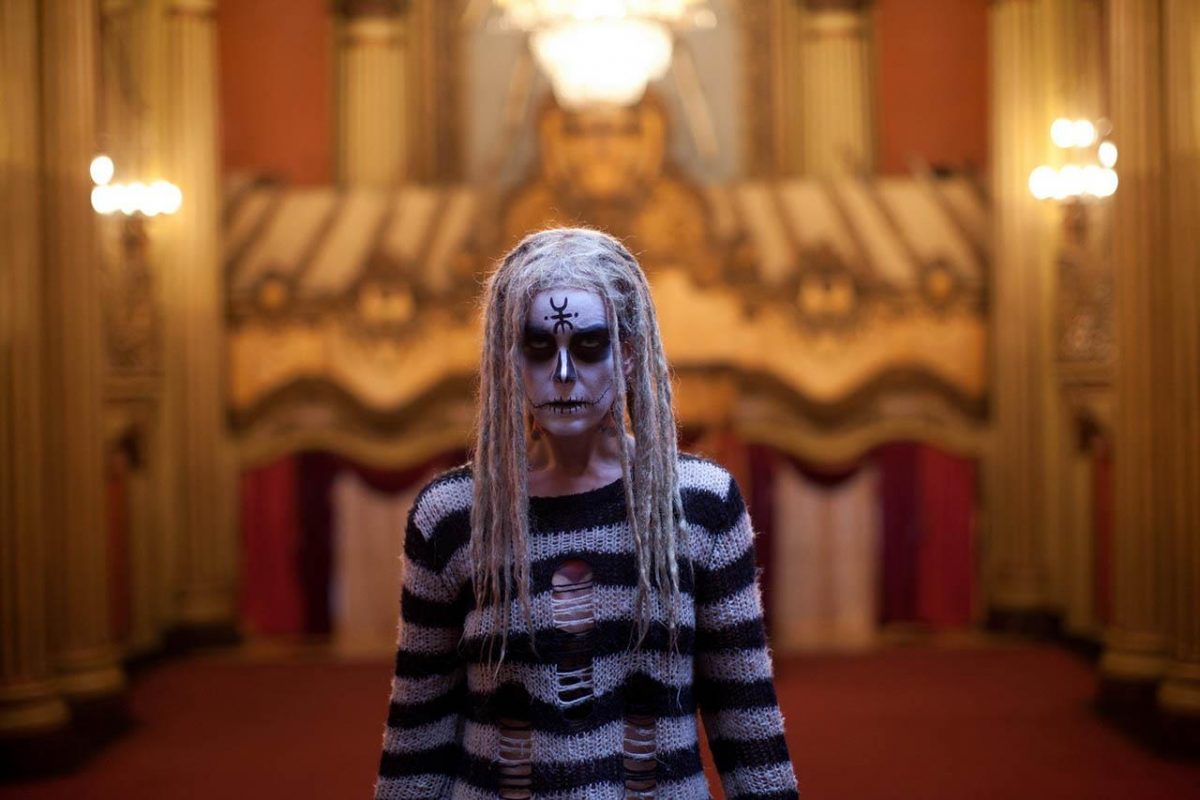
The Lords of Salem
Halloween II provided the basis for Zombie’s next feature, The Lords of Salem. The director wanted to explore the psychological ramifications of letting your personal demons take over your life, which he showcased here with a story about a Salem, Massachusetts DJ driven mad by a mysterious record sent to her. The Lords of Salem is less ultra-violent and more in the vein of Dario Argento and Roman Polanski. Given 1.5 million dollars and creative freedom to make something supernatural for Jason Blum’s company, Zombie set out to make an idea he had about witches in Salem.
The Salem Witch Trials may inform the film in many ways but don’t be mistaken; it’s about how those trials have driven a cycle of violence into anyone of close lineage to the accused. It’s a slow and exacting trip into someone’s deepest personal fears, how they can consume us and turn us against those trying to help. Zombie’s camera floating above Sheri Moon Zombie’s Heidi as she descends into madness.
After The Lords of Salem, Zombie decided he wanted to return back to good ole exploitation with 31. He came up with the idea by coming upon a statistic claiming that October 31st is the number one day of the year when people go missing. That statistic flowered into a story about a group of carnival workers being abducted and forced to play a deadly game. The game boils down to kill or be killed while the bourgeoisie watches. While it signaled a return to form for Zombie, it didn’t really strike me as anything profound, just another simple-minded game of cat and mouse with a depraved twist. If anything, it resembles Zombie’s The Haunted World of El Superbeasto in how it feeds into Zombie’s worst impulses. He called it his best, but maybe it’s because crowdfunding gave him the most freedom to play with the same toys again.
So, what’s next for Rob Zombie? According to Bloody Disgusting, a follow-up to The Devil’s Rejects is his next project. For those who have seen The Devil’s Rejects, that should give you some pause. He’s also got a Groucho Marx biopic sitting in development hell, as well as a hockey film coming up. Regardless of what comes next, it will be the disgusting work of one of our most intriguing auteurs.

